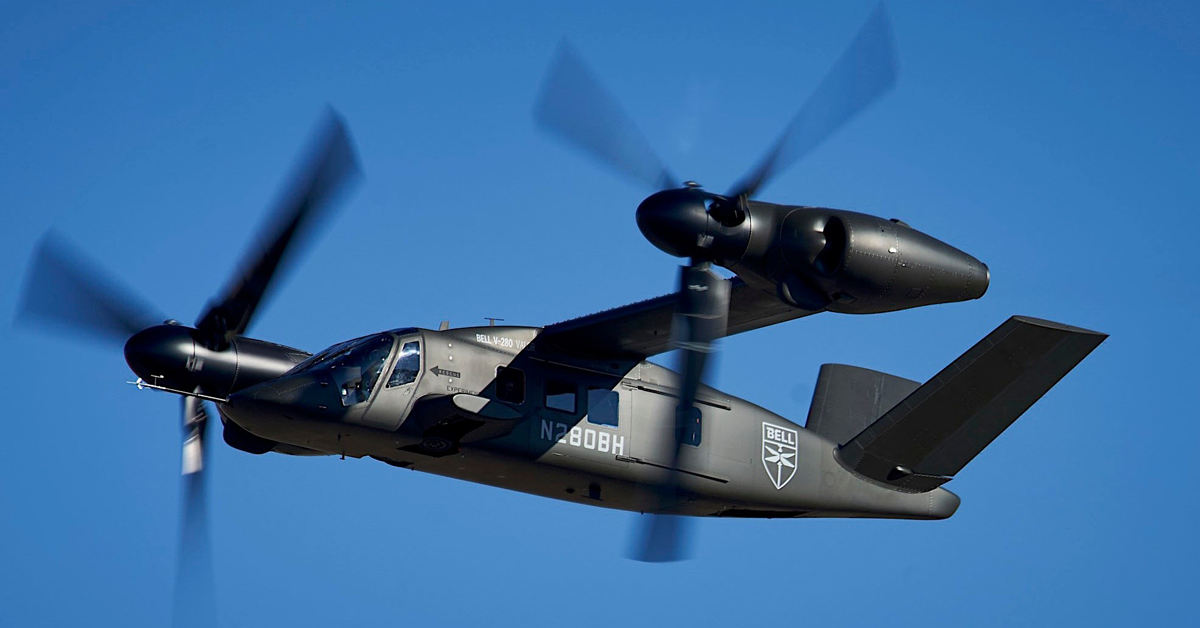The U.S. Army has officially designated its Future Long Range Assault Aircraft, or FLRAA, as MV-75.
The service branch said Tuesday MV is short for multimission vertical takeoff and 75 stands for the Army’s founding year, 1775.
The initial aircraft prototype will be designated “YMV-75A.”
“The Army is committed to delivering the Future Long Range Assault Aircraft. It will provide the speed, range and endurance needed to conduct air assault, MEDEVAC and resupply missions for future large-scale combat operations,” said Brig. Gen. David Phillips, program executive officer for aviation. “We’re all looking forward to seeing the incredible impact the MV-75 will have on the Soldiers of tomorrow.”

Learn more about the service’s latest contracting opportunities and hear experts discuss modernization imperatives, force structure optimization and more at the Potomac Officers Club’s 2025 Army Summit on June 18.
Future Long Range Assault Aircraft Program
Launched in 2019, the FLRAA program is part of the Army’s Future Vertical Lift modernization portfolio and seeks to replace a portion of the current fleet of tactical assault and utility aircraft for the Army and U.S. Special Operations Command.
FLRAA will provide special operations aviation units and combat aviation brigades with a long-range, high-speed aircraft platform designed to operate in contested environments. It is designed to complement the Army’s fleet of UH-60 Black Hawk helicopters. The aircraft’s standoff capability and extended reach will improve tactical maneuvering over strategic and operational distances.
In December 2022, Textron’s Bell subsidiary won a potential $1.3 billion contract from the Army to build its V-280 Valor tiltrotor for the FLRAA program.
The program seeks to integrate a modular operation systems approach into the design, procurement and sustainment of the aircraft to speed up the deployment of threat-driven capabilities while fostering mission system commonality and affordability throughout the aircraft’s lifecycle.





